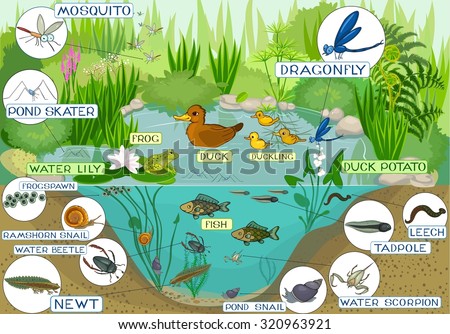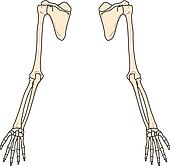
Image link: https://m.shutterstock.com/search?q=ecosystem
Summary: This week we did a worksheet on consumers, decomposers, and scavengers. There are also producers like plants which provide oxygen. We had a substitute and we did the worksheet. On the worksheet we had to catagorize animals and plants into consumers and producers. Some consumers are omnivores, herbivores, and carnivores. Then decomposers like bacteria and fungi decompose dead things which makes the soil fertile. Lastly scavengers are similar to decomposers but they're animals or organisms that eat other dead organisms. Some examples are vultures and hyenas. We also learned about Abiotic and Biotic factors in an environment. Abiotic is a nonliving organism and Biotic is a living organism. Some examples of Biotic are plants and animals. Then some Abiotic examples are water, the sun, and dirt.
SP4: Analyzing and interpreting data
Scientific investigations produce data that must be analyzed in order to derive meaning.
Did you create a graph, table, drawing, etc. of the data you obtained in an experiment?
We created a graph and went outside. When we went outside we labeled things that we saw outside into Biotic and Abiotic.

